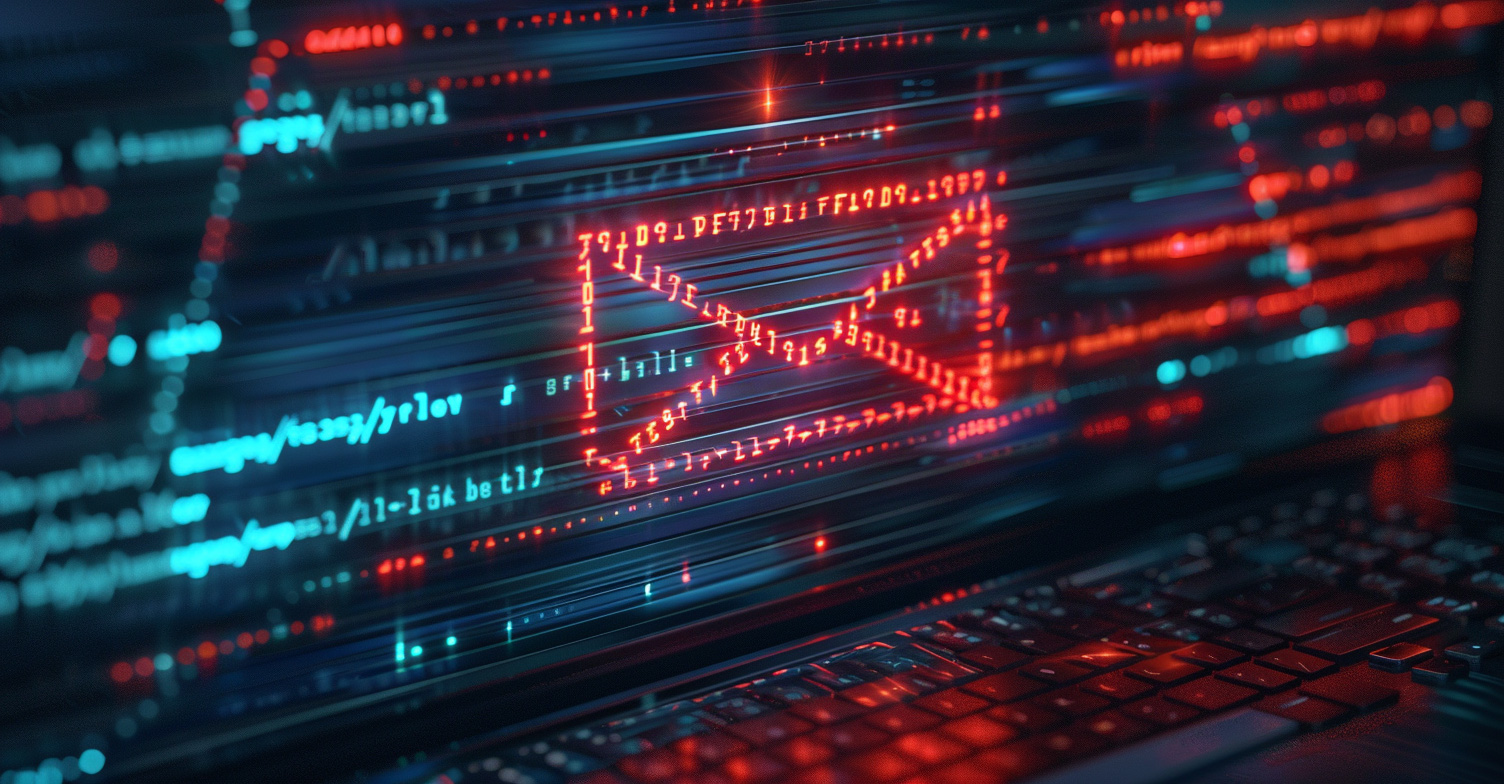
February 28, 2024 at 10:08AM
The article discusses the rising threat of phishing attacks, including recent high-profile incidents and actionable tips to mitigate risks. It emphasizes the importance of employee training, advanced email filtering, and multi-factor authentication to bolster defense. Additionally, it advocates for security automation to streamline incident response and proactively address potential threats.
From the meeting notes, several important takeaways can be derived to address the rising threat of phishing attacks. Here are the key points identified:
1. Phishing has evolved beyond email to incorporate direct messaging and group chats within team collaboration platforms such as Microsoft Teams. Increased reliance on these tools is a result of the shift to remote work accelerated by the COVID-19 pandemic.
2. The importance of disabling external access in Microsoft Teams unless absolutely necessary to limit exposure to phishing threats.
3. Open redirect flaws in platforms like Indeed can be exploited by threat actors to target high-ranking employees, emphasizing the need for vigilance even on well-established platforms.
4. Phishing attacks are not solely motivated by profit; they are increasingly used in espionage and geopolitical cybercrime to gather sensitive information and disrupt operations.
To limit phishing risks, organizations are advised to implement the following strategies:
1. Employee Training & Awareness: Educating and training employees to recognize and respond to phishing attempts, including theoretical knowledge, practical skills, and regular simulation exercises.
2. Advanced Email Filtering: Implementing technological solutions with features such as natural language processing, machine learning algorithms, URL analysis, reputation scoring systems, and attachment scanning to reduce the likelihood of successful phishing attacks.
3. Multi-Factor Authentication (MFA): Requiring users to provide two or more verification factors to gain access, adding an extra barrier against unauthorized access in the event of a compromised password.
4. Security Automation: Leveraging automated security workflows to streamline incident response, facilitate automatic scanning, instant alerts, and responses to suspected phishing incidents without manual intervention.
In summary, proactive employee training, technological solutions, and automation are recommended to mitigate the risks posed by phishing attacks.